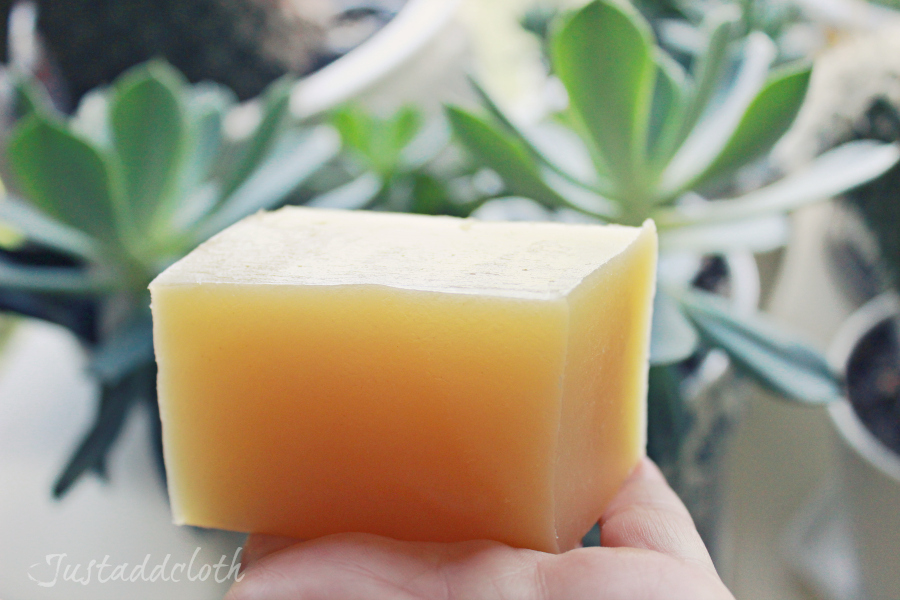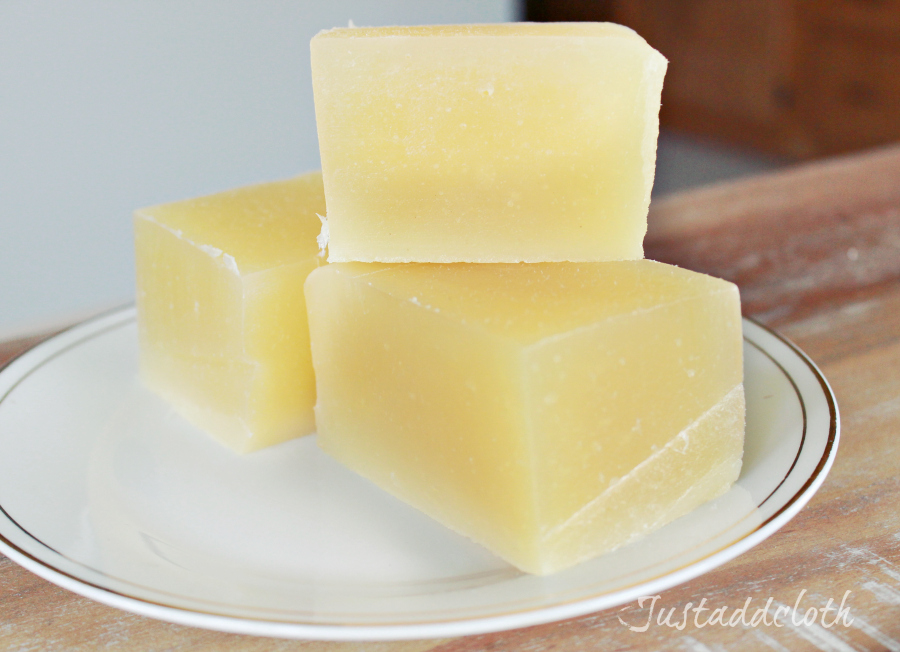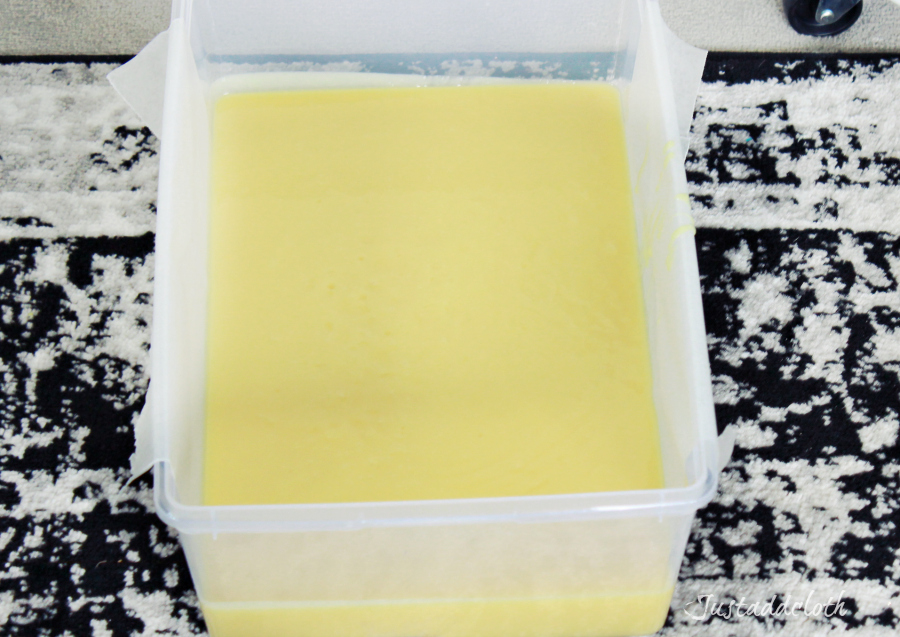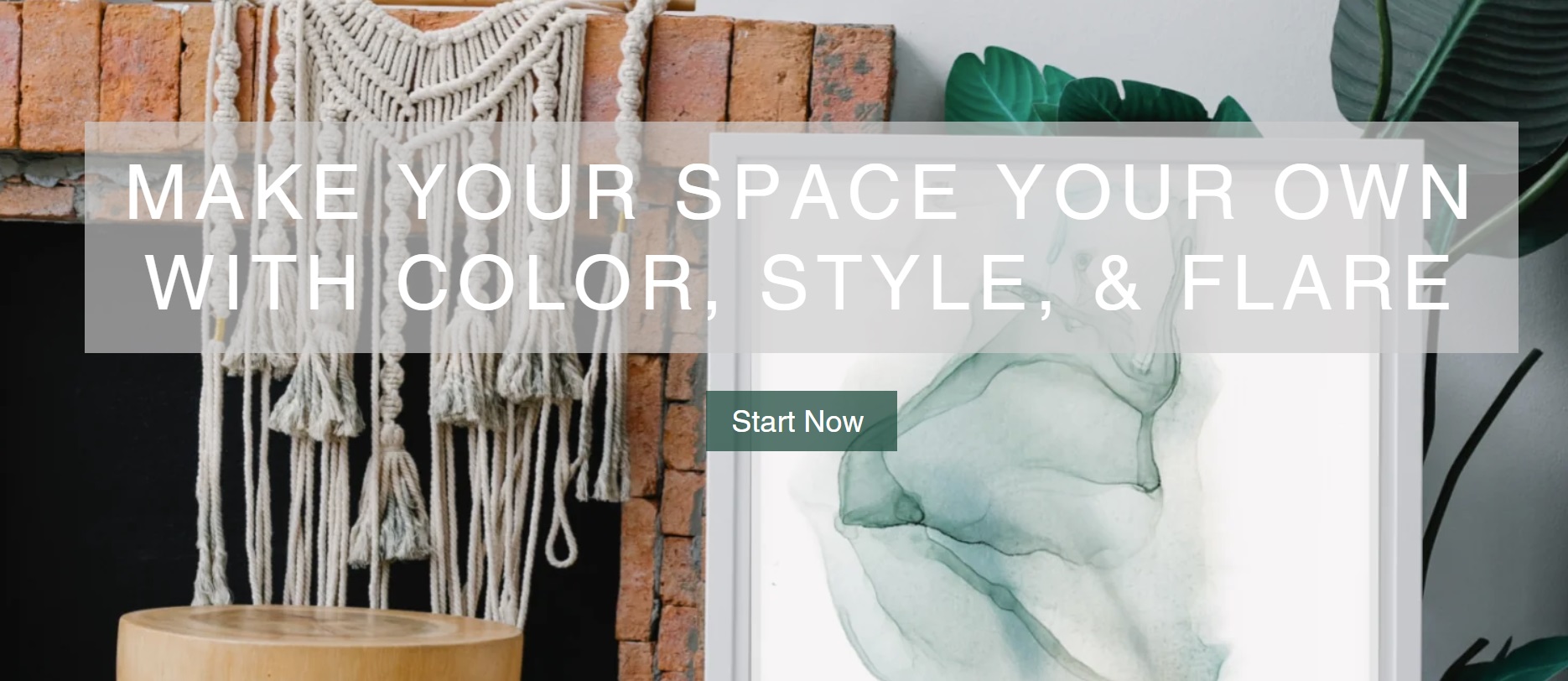
It is funny the things we suddenly appreciate when facing a mini-apocalypse and life gets inconvenient. As I write this, we are slowly emerging from the first wave of the corona virus quarantine and recently spent three months with no toilet paper, no meat, and no soap. Maybe your area of the world had these things, but mine sure didn’t. Soap is one of those bonuses I don’t give too much thought to, so I admittedly don’t make a batch of lye soap all too often. It is a hobby I picked up in the late 90’s, but really only indulged in it once every few years, since the soap recipes I concoct usually make a huge batch. However, once we had no soap for hand washing while in a pandemic, my soap supply became a much more pressing topic.
I recently went on a soap making bender and likely have enough bars to last my large family more than two years. Go bog or go home as they say. I had a few bottles of sweet orange oil I needed to finally use up, so I went a little crazy with the orange themed soaps. This one is pretty pungent, but the bars make a soft lather and rinse very clean. It is one of my favorites.
Sweet Orange and Eucalyptus Soap
- 32 oz coconut oil
- 52 oz sunflower oil
- 10 oz lye
- 30 oz cold water
- 2.5 oz sweet orange essential oil
- 1.5 oz eucalyptus essential oil

Mix water and lye in a glass bowl using a wooden spoon. As soon as the lye, AKA sodium hydroxide, hits the water, it creates strong fumes, so open a window or turn on a vent hood. It is best to wear gloves when dealing with lye. If you get any lye and water on your skin, quickly flush it with vinegar. Stir the water and lye quickly and make sure it is fully dissolved. Let it sit and cool a few minutes.
Add coconut and sunflower oils to a stainless steel pot and slowly heat until well mixed. Add the water/lye mixture to the pot. Mix well. Let both the oil and lye cool down to about 120 degrees Fahrenheit.
Now you reach what could be the labor intensive part of stirring and tracing. Since coconut oil is solid at temps below 76 degrees, you will reach “tracing” much more quickly than with using other oils. Tracing is when then mixture has “sapponified” enough that you can trace a slightly visual line over the top of the soap. In an all vegetable soap without coconut oil, this can take several hours of constant stirring with a spoon, when hand stirring. Luckily, I have a stick blender which makes the whole process take about five minutes. I just ran the immersion blender through it until it reached the consistency of a very runny pudding. Once you reach lite tracing, you can add your essential oils for scent, or a moisturizing oil. I added 2.5 oz of orange oil, and 1.5 oz of eucalyptus oil. Then go back to mixing. As soon as it is thick enough to consistently trace, STOP. You don’t want it to seize up in the pot.
Once the scent oils are mixed in, pour it all into you soap mold. My soap mold was a plastic tub from Target. Some people like to use cheap litter boxes for soap molds. I suggest lining it with parchment paper or cling wrap before pouring, so You can more easily remove the brick. (Or be all fancy and buy those silicone molds on the internet.)

After pouring, gently tap and and plop your mold a few times to make any air pockets break up. Once you have tapped the mold to get out the air bubbles, cover it and set on an even surface in a warm room. Place in a box, and Cover your box with a blanket or heavy towel. You want it to retain some heat while it sets. Unfortunately, this is where I run into problems. Up here there is no such thing as a warm room between September and June. In cold months, my soaps set very quickly, so i need to pull them out for slicing after only 6-10 hours. In summer on the other hand, the lye soap can take up to 48 hours to set up. Just check your soap every couple hours and test how firm it becomes. I pull out and slice as soon as I am sure the brick will actually come out as an uncompromising brick.
Slice into bars of any preferred size and shape. Then you want a dark, cool, dust free place they can hang out for a couple weeks undisturbed. This is the curing phase. Using a lye soap bar before it has cured, can result in a too soft bar that falls apart in the shower and does not last long. The lye can also irritate your skin if you don’t allow it to cure. Remember, we are playing with chemistry here. Letting it cure, also lets any essential oils that have sweated out to be reabsorbed.

I like to be safe and allow my bars to cure for a full month in a closed linen closet in my basement. I recently had over a hundred soap bars curing in there a few weeks ago and the smell of all those oils was pretty intense. (And delicious!) I also like to set the bars on a sheet of cardboard or just in a loosely closed cardboard box so that any oils oozing can be absorbed into that instead of pooling on my shelf.
This recipe is super simple, smells nice, and doesn’t dry your hands out much if you need to use it 50 times a day. It is not specifically moisturizing, so it could technically be grated for a detergent ingredient, although I don’t think it will become firm enough for that.
There is no better time to make soap right now! Happy Soaping!


